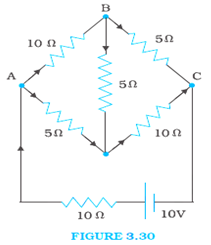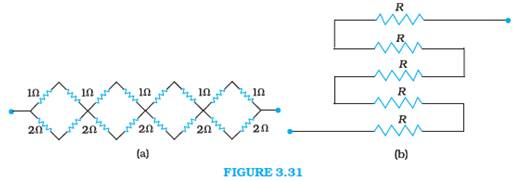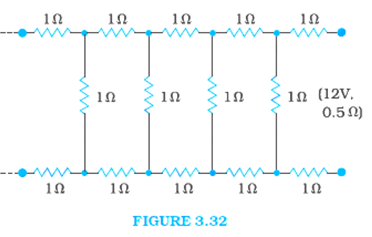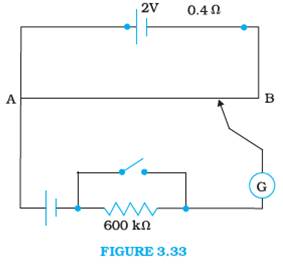Solution of Chapter 3. Current Electricity (Physics Part-I Book)
Chapter Exercises
Exercises
Additional Exercises
17
What conclusion can you draw from the following observations on a resistor made of alloy manganin?
Current A | Voltage V | Current A | Voltage V |
0.2 | 3.94 | 3.0 | 59.2 |
0.4 | 7.87 | 4.0 | 78.8 |
0.6 | 11.8 | 5.0 | 98.6 |
0.8 | 15.7 | 6.0 | 118.5 |
1.0 | 19.7 | 7.0 | 138.2 |
2.0 | 39.4 | 8.0 | 158.0 |




